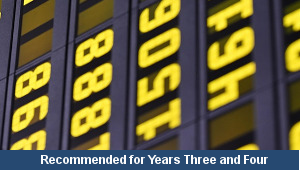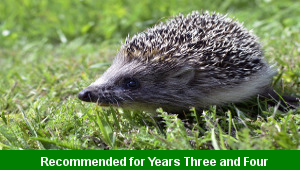Home > Key Stage Two > Geography > Volcanoes
Lesson Two – World Volcanoes

This geography teaching pack for Key Stage Two gets the children to identify and describe how to build a database to identify and record the location of some of the different volcanoes on a world map.
The class can use an atlas to find and record the position of different volcanoes in the world according to their matching co-ordinates and location countries.
Download this teaching pack including a lesson plan, classroom activities and an interactive presentation to identify and describe how to build a database to identify and record the location of some of the different volcanoes on a world map
Activities in this teaching pack include display posters to identify and describe each of the stages in a volcanic eruption and templates to record information about some of the volcanoes that can be found in different locations around the world.
The interactive presentation gets the children to explore how to build a database to identify and record the location of different volcanoes on a world map.
This lesson is part of a geography scheme of work to get the children to identify, describe and compare the effects that volcanoes can have on different landscapes and populations in communities around the world. There are teaching activities for shared learning, differentiated worksheets to support independent learning and interactive presentations to introduce concepts and key skills.
-

Rounding Hundreds
Explain and model how to round some different numbers to the nearest hundred based on the place values of the digits in each number
-

Rounding Tens
Identify and record how to round some different numbers to the nearest ten based on the place values of the digits in each number
-

Classic Animal Stories
Investigate the structure and content of classic works of fiction by significant authors with animals as the main characters
-

Cities, Towns and Villages
Research and present the history of a range of different buildings and people that are part of the local community using a school exhibition
